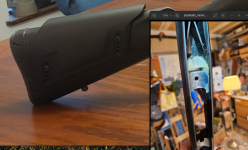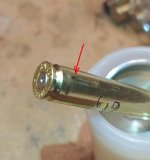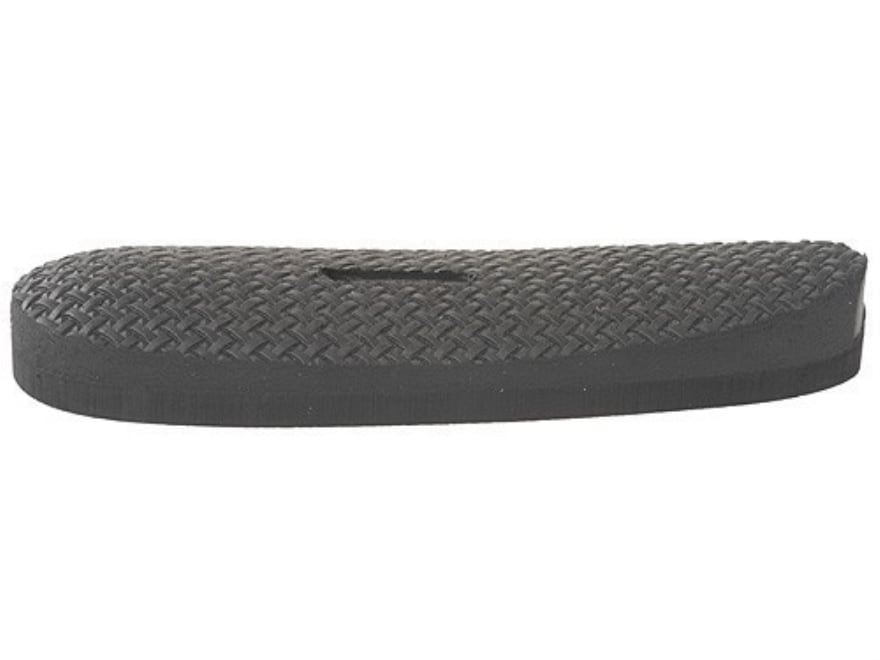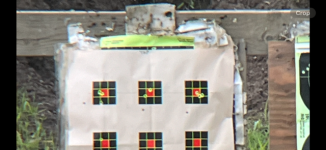@Koda ,
You've more or less done the basics, but some refining and tweaking may help in your loads:
1st: Stay well away from the lands. Most start at least 0.20 off of "jam" with bullet/rifling contact.
2nd: work up to pressure going up 1/2-1grain in powder depending upon cartridge size 1/2 gr in 308 and smaller cases. For magnums, 1 gr steps is good.
3rd: once you find pressure, back off 1 full grain for a safety margin (higher temps may push you toward/closer to pressure.
4th: if you're going to crimp, start with 1/8th crimp (then you can go up in your testing if needed.)
5th: if you start with a crimp, adding more does not appear to materially affect either velocity or pressure. The most I've personally noted is a 20 fps change.
6th: changing seating depth typically has very little if any affect. Most of your tuning a load will be done with powder changes. 2 tenths gr can have remarkable affects.
7th: when you get down to 1" or less groups, final tuning can be done by changing primer brands (stay with same strength...ie LR or LRM). Don't switch LR to LRM.
8th: final tuning is by changing crimp amounts incrementally. My personal process is 3 round groups at 1/8th, 2/8, 3/8, etc to 1/2 turn crimps. When crimping, move your bullet so you can crimp INTO a PDR band. Typically, changing crimp setting will clearly show a specific preference. It is not uncommon to find a crimp setting that is 0.5 better than the rest.
In all of this there are several assumptions:
1. You have a case fill of at least 85% powder where you find pressure. If this is not the case, you need to change your powder burn rate (choose another powder)
2. You've verified your various screw torque settings and scope
3. Your barrel is well cleaned of fouling and carbon
4. A last and only occasional tweak is adding fore end pressure (especially if you shoot a "noodle" barrel. Fore end pressure rately affects barrels at .725 muzzle OD or heavier.)
You've more or less done the basics, but some refining and tweaking may help in your loads:
1st: Stay well away from the lands. Most start at least 0.20 off of "jam" with bullet/rifling contact.
2nd: work up to pressure going up 1/2-1grain in powder depending upon cartridge size 1/2 gr in 308 and smaller cases. For magnums, 1 gr steps is good.
3rd: once you find pressure, back off 1 full grain for a safety margin (higher temps may push you toward/closer to pressure.
4th: if you're going to crimp, start with 1/8th crimp (then you can go up in your testing if needed.)
5th: if you start with a crimp, adding more does not appear to materially affect either velocity or pressure. The most I've personally noted is a 20 fps change.
6th: changing seating depth typically has very little if any affect. Most of your tuning a load will be done with powder changes. 2 tenths gr can have remarkable affects.
7th: when you get down to 1" or less groups, final tuning can be done by changing primer brands (stay with same strength...ie LR or LRM). Don't switch LR to LRM.
8th: final tuning is by changing crimp amounts incrementally. My personal process is 3 round groups at 1/8th, 2/8, 3/8, etc to 1/2 turn crimps. When crimping, move your bullet so you can crimp INTO a PDR band. Typically, changing crimp setting will clearly show a specific preference. It is not uncommon to find a crimp setting that is 0.5 better than the rest.
In all of this there are several assumptions:
1. You have a case fill of at least 85% powder where you find pressure. If this is not the case, you need to change your powder burn rate (choose another powder)
2. You've verified your various screw torque settings and scope
3. Your barrel is well cleaned of fouling and carbon
4. A last and only occasional tweak is adding fore end pressure (especially if you shoot a "noodle" barrel. Fore end pressure rately affects barrels at .725 muzzle OD or heavier.)
Last edited:




